Having the monkey's fist and its heaving line tied together instead of all in one piece frees both to do other jobs.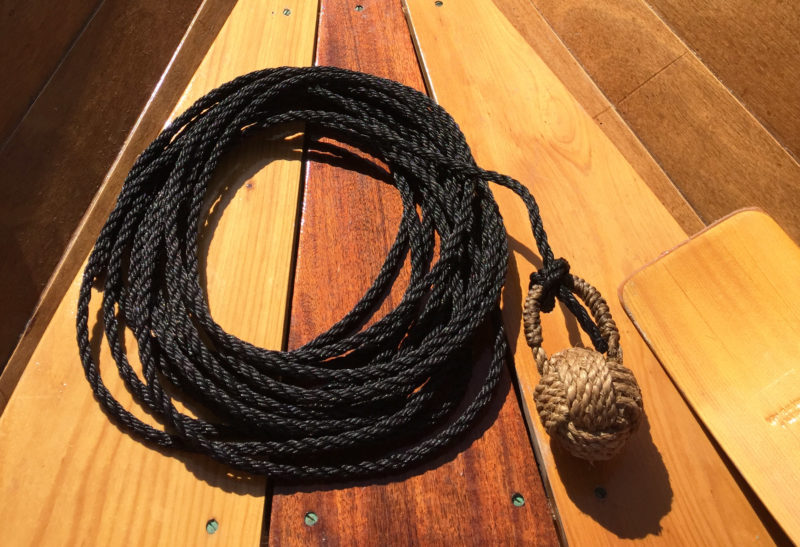 Thomas Head photo and video
Thomas Head photo and video
Join The Conversation
We welcome your comments about this article. To include a photo with your remarks, click Choose File below the Comment box.





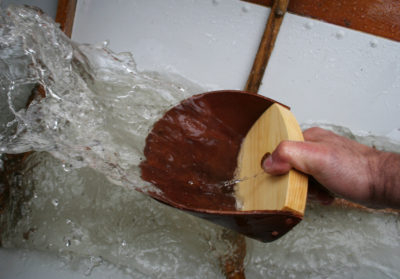
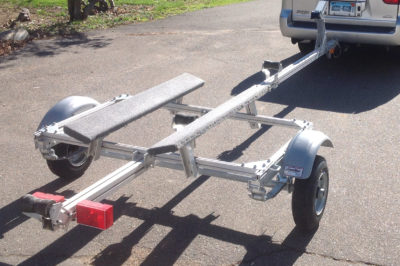


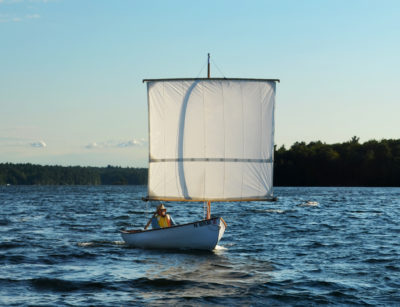
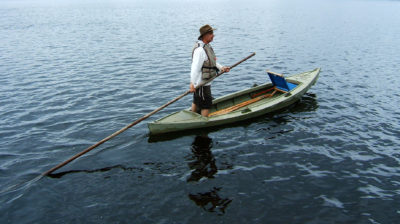

A really good method. I like that it leaves the line free for other uses.
So if I use a baseball instead of a golf ball for the core do I just compensate for size by putting 6-7 wraps per side?
As a general starting point I’d suggest dividing the circumference of the core by 4, and dividing the result by the diameter of the line you’re using. For the ¼” line I use, the way the math works out, the number of inches of the circumference is the number of wraps. A golfball has a circumference of 5¼” and takes 5 wraps of ¼” line; a baseball has a circumference of 9¼”, so 9 wraps.
Excellent. Many thanks!
I sailed as a merchant seaman many years ago and often used a monkey’s fist on the end of heaving lines. We made them up of 12-thread manila, usually with a large nut or other other piece of metal wrapped in a rag in the center. When the knot was done, the whole thing was dipped in red lead or some white topside paint for visibility and durability. The result was a compact, hard, heavy object that could be thrown for a considerable distance. It was also potentially a lethal object. For that reason, monkey’s fists are now illegal in most ports and they have disappeared from use on merchant ships. The version shown in this article is a bit more innocuous than what we used to use, but the readers should be cautioned that they can still be dangerous.
Great to see an article on knots. Rather than having to splice or tie off the ends of the monkey’s fist to make a loop, a good solution is to leave a loop at about the middle point of the knot to tie off to the heaving line. The long loop looks best if it in the middle of the second set of wraps rather than on either end of the set. The other loops fill in underneath it, so there is no gap that requires an extra turn. The starting end of the line lies inside the knot and the finishing end is cut flush after all the slack is pulled out.